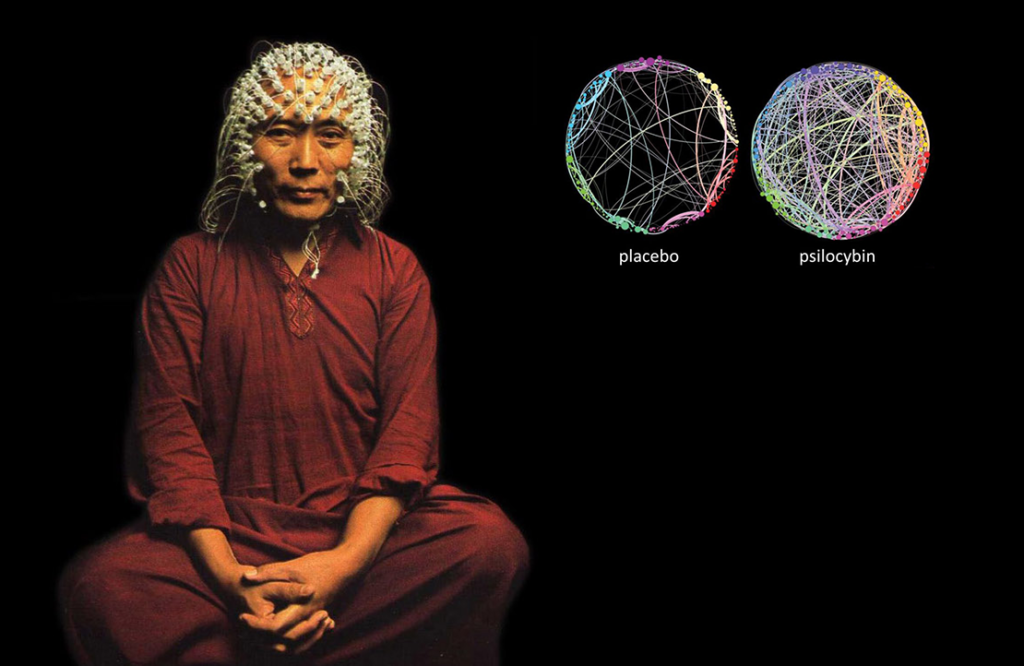
It also regulates when you feel sleepy or awake and connects the cerebrum and cerebellum to the spinal cord.Ī brain is displayed at the Allen Institute for Brain Science. Seated at the organ's base, the brain stem controls reflexes and basic life functions such as heart rate, breathing, and blood pressure.


The hypothalamus is also important for keeping bodily processes like temperature, hunger, and thirst balanced. These hormones govern growth and instinctual behaviors, such as when a new mother starts to lactate. The hypothalamus controls hormone secretions from the nearby pituitary gland. The thalamus acts as a relay station for incoming nerve impulses from around the body that are then forwarded to the appropriate brain region for processing. A complex of structures roughly the size of an apricot, its two major sections are the thalamus and hypothalamus. The third-largest part is the diencephalon, located in the core of the brain. It plays an important role in coordinating movement, posture, and balance. The second-largest part of the brain is the cerebellum, which sits beneath the back of the cerebrum. Lastly, there are the temporal lobes, near the temples, which are involved with hearing and memory. At the rear of the brain are the occipital lobes, dealing with vision. Behind them are the parietal lobes, which process sensory information such as touch, temperature, and pain. The frontal lobes, located behind the forehead, are involved with speech, thought, learning, emotion, and movement. The cerebrum has two halves, or hemispheres, that are further divided into four regions, or lobes.

It's packed to capacity inside our skulls, with deep folds that cleverly maximize the total surface area of the cortex. Animals such as elephants, dolphins, and whales actually have larger brains, but humans have the most developed cerebrum. It's the cerebrum that makes the human brain-and therefore humans-so formidable. The distinctive, deeply wrinkled outer surface is the cerebral cortex. The cerebrum is the largest part of the brain, accounting for 85 percent of the organ's weight. We could not breathe, play, love, or remember without the brain. Together, this complex network of cells gives rise to every aspect of our shared humanity. Different types of glial cells provide physical protection to neurons and help keep them, and the brain, healthy.

Neurons are notable for their branch-like projections called axons and dendrites, which gather and transmit electrochemical signals. Weighing in at three pounds, on average, this spongy mass of fat and protein is made up of two overarching types of cells-called glia and neurons-and it contains many billions of each. Here’s something to wrap your mind around: The human brain is more complex than any other known structure in the universe.


 0 kommentar(er)
0 kommentar(er)
